Understanding auto insurance can be overwhelming and frustrating. The different coverage options can be confusing and it’s easy to feel like you’re being taken advantage of when policy language is confusing or unclear. But it’s critically important to pick the right auto insurance plan so that you are protected on the road.
Here’s a quick guide to understanding auto insurance. Be informed so that you purchase the correct type of coverage.
AUTO INSURANCE 101
Auto insurance provides financial protection against theft, vehicle damage, and liability and expenses resulting from accidents. If you’ve ever been unclear about basic insurance terminology (but were too embarrassed to ask) here’s a few to know:
- Minimum: Each state has a minimum amount of insurance that is required. Be sure to understand your state’s minimum. Your insurance agent should help guide you in this.
- Policy: A policy is the “plan” that you purchase. You will need to decide what type of coverage you want and how much of it you want to purchase. Your insurance agent should work with you to understand your personal situation and make recommendations specific to your situation.
- Premium: The premium is the cost of your insurance policy. You will pay this at the time of purchase and then annually each year your policy renews. Many factors affect the amount of your premium, including the type of vehicle, age of driver, driving record, and where you live. Discounts such as student and safe driver are frequently available so be sure to ask your agent about discount options.
- Deductible: A deductible is the amount you will pay yourself before your insurance starts paying. For example, if an accident occurs, you will pay your deductible towards the overall cost of repairs and the insurance company will pay what is left over.

COVERAGE TYPES
There are lots of auto insurance coverage types and it’s important to understand them so you can make an informed decision. Some coverage types are optional while others are state mandated. Make sure your agent can guide you in what’s required and what optional coverage types are best for your individual situation.
- Comprehensive Coverage: Comprehensive insurance coverage protects against damage to your vehicle caused by non-collision events, including theft, vandalism, glass and windshield damage, fire, accidents with animals, weather, or other acts of nature. When you finance or lease a vehicle, lenders require you to carry comprehensive coverage.
- Collision Coverage: If there is damage to your vehicle caused by a collision with another vehicle or object, such as a tree or street pole, collision coverage will help pay for the cost of repairs or replacement. If you are leasing or financing your car, collision coverage is required by the lender.
- Personal Injury Protection: This type of coverage is also known as “no-fault insurance” because it protects you no matter who is at fault. It can help pay for medical bills not covered by your health insurance and can also cover other passengers or members of your household.
- Liability Coverage: Liability insurance coverage helps cover costs of another driver’s property and bodily injuries from accidents where you are at fault.
- Uninsured Motorist Coverage: Uninsured and underinsured motorist coverage are generally offered together and are designed to protect you if you’re hit by a driver with little or no insurance. In the case of a hit-and-run accident, you can file a claim against your uninsured motorist coverage.
- Medical Payments: This form of coverage helps pay medical expenses of you and your passengers if injured in a car accident, regardless of who is at fault. This coverage is also referred to as MedPay.
- Gap Coverage: Gap insurance coverage applies if your car is stolen or is “totaled” and a complete loss. If your loan amount is more than your vehicle is worth, gap insurance coverage pays the difference.
- OEM Coverage: If you want your car to receive only original equipment manufacturer’s parts and materials, then OEM coverage might be for you. This coverage will ensure repair shops use only original factory equipment on your vehicle.

AVOID MISTAKES
“One of the most common mistakes I see people make is sending their current policy to a new agent. The agent simply quotes what you currently have and hopes to win the business. If you do not have a deep-dive conversation about all your exposures, chances are you are underinsured. It’s like going to a doctor for a second opinion with the test results from the first doctor. The doctor reads the reports, doesn’t do any of their own tests, and provides the same diagnosis as the first doctor. Always have a thorough conversation with your agent so that you are getting the coverage that’s right for your situation.”
Mike Muir, owner of Muir Insurance Group
THE MORE YOU KNOW
If you have questions, ask them! Your insurance agent is there to make you feel confident and comfortable. Never hesitate to ask questions. Also, speak to your agent about obtaining an annual review of your policy to make sure you have the best carrier, coverage, and cost.

